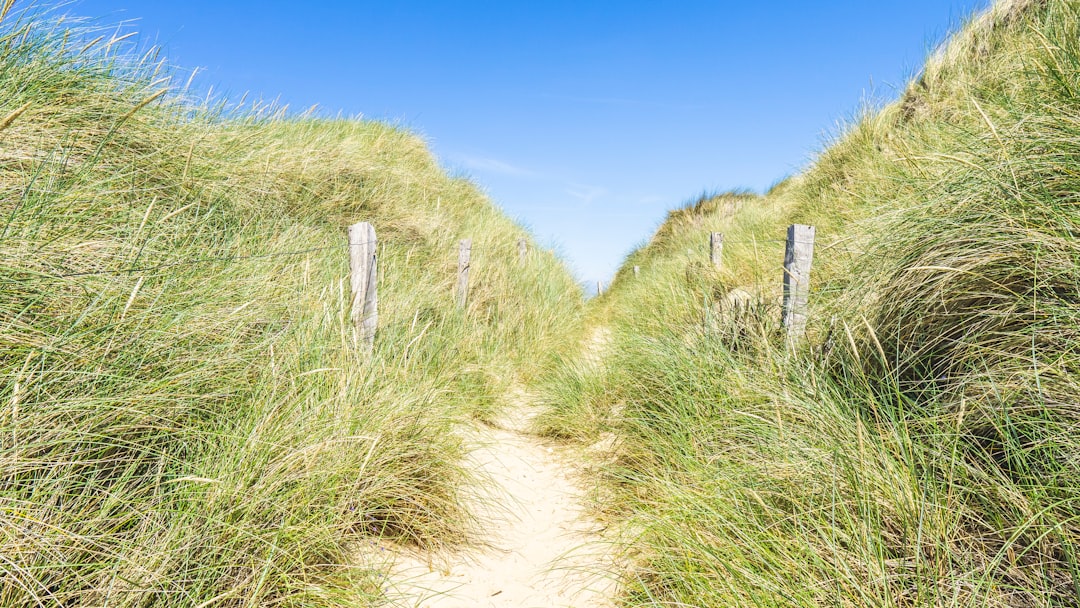
Guide to Understanding Financial Markets: A Comprehensive Overview
# Introduction. Financial markets are the lifeblood of the global economy, enabling the exchange of assets and fostering economic growth. Understanding them is essential for anyone interested in making informed financial decisions or pursuing a career in finance. This guide aims to demystify financial markets by breaking down their components, functions, and significance. # What Are Financial Markets?. Financial markets refer to any marketplace where trading of securities including stocks, bonds, currencies, and derivatives occurs. These markets facilitate the buying and selling of financial assets, providing a platform for investors, corporations, and governments to raise capital, manage risks, and achieve financial objectives. There are four primary types of financial markets: capital markets, money markets, derivative markets, and forex markets, each serving distinct functions. # Types of Financial Markets. ### 1. Capital Markets. Capital markets comprise both primary and secondary markets where long-term securities are bought and sold. The primary market is where companies issue new stocks and bonds to raise capital, while the secondary market involves the trading of existing securities between investors. Stock exchanges, such as the New York Stock Exchange and NASDAQ, are prime examples of capital markets that facilitate these transactions. ### 2. Money Markets. Money markets deal with short-term borrowing and lending, typically with maturities of one year or less. Instruments traded include Treasury bills, commercial paper, and certificates of deposit. Money markets are crucial for managing liquidity in an economy, allowing institutions to meet their short-term funding requirements efficiently. ### 3. Derivative Markets. Derivative markets trade financial contracts whose value is derived from an underlying asset. Common derivatives include options, futures, and swaps. These instruments allow investors to hedge risk, speculate on price movements, or gain exposure to different asset classes without directly owning the assets. ### 4. Forex Markets. The foreign exchange (forex) market is the largest and most liquid financial market globally, facilitating the trading of currencies. Forex trading occurs 24/5, allowing participants to take advantage of currency fluctuations. It’s primarily driven by macroeconomic indicators, interest rates, and geopolitical events. # The Role of Financial Intermediaries. Financial intermediaries, such as banks, investment firms, and insurance companies, play a pivotal role in financial markets. They connect savers who have excess funds with borrowers who need capital, efficiently allocating resources within the economy. Intermediaries also provide expertise in assessing risks, offering investment advice, and assisting in the execution of trades, thereby enhancing market liquidity. # Importance of Financial Markets. Understanding financial markets is essential for both individuals and businesses. For individuals, it provides opportunities for wealth accumulation through investment in stocks, bonds, and other securities. Knowledge of market dynamics can also guide personal financial planning and retirement strategies. For businesses, access to capital markets enables them to fund operations, invest in growth opportunities, and manage financial risk effectively. # Trends Shaping Financial Markets. As technology continues to evolve, it dramatically influences financial markets. The rise of online trading platforms has democratized access to markets, enabling individuals to trade easily. Additionally, trends like algorithmic trading and the emergence of cryptocurrencies are reshaping traditional trading dynamics. Investors must stay informed about these trends, as they can significantly impact market performance and investor strategies. # Conclusion. In summary, financial markets play a crucial role in the global economy, offering a platform for capital allocation, risk management, and economic growth. By understanding the various types of financial markets, the role of intermediaries, and current trends, individuals and businesses can make informed decisions that align with their financial goals. Whether you’re an aspiring investor or a seasoned professional, a deep understanding of financial markets is vital for navigating today’s complex economic landscape. .








